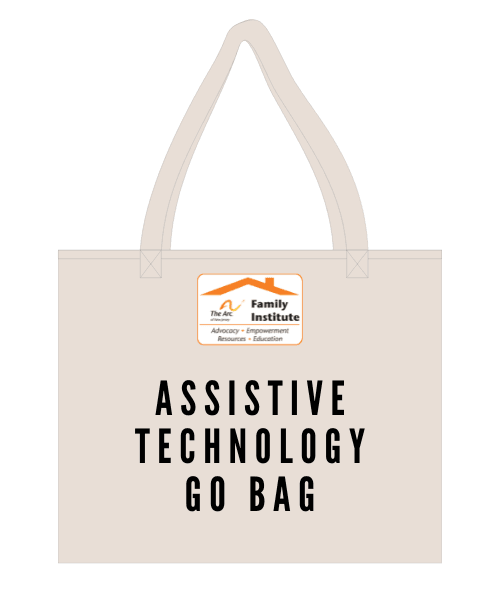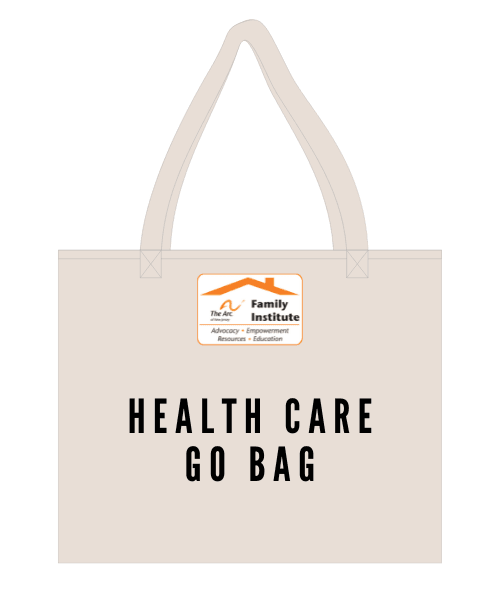What you may need when you encounter emotional and physical emergencies.

Emergencies are serious, unexpected, and often dangerous situations requiring immediate action.
What is an emotional emergency?
An emotional emergency, also can be referred to as a ‘mental health crisis,’ is when extreme emotional distress prevents you from functioning or puts yourself or others at risk. Signs of emotional crisis include social withdrawal, self-harm or suicidal ideation or action, extreme emotions, functional dysregulation, or feelings of extreme distress. It is important in these moments to find what works best for you and your loved one in order to return calmly to the present moment.
What is a physical emergency?
Physical emergencies are often medical conditions with acute symptoms so severe that immediate medical attention is required to prevent serious harm, impairment of bodily functions, or serious dysfunction of a bodily organ. Signs of physical distress include bleeding, difficulty breathing, changes in consciousness, severe pain, bruising or obvious visible trauma, or trouble performing normal functions.
Why is it important to plan for emergencies?
Planning for emergencies reduces stress in an already stressful situation. In moments of emergency, having a set plan or routine that you and your loved one know will work will be extremely beneficial.
What steps should you take
- Create an emergency kit for an in-home emergency and out-of-home emergency (to take with you when you leave/need to leave the house). Items can include spare house/car keys, blankets, a fire extinguisher, change(s) of clothes and sneakers, sanitary items and toiletries, etc.
- Consult friends and family for somewhere safe to stay. - Place the kit(s) in a convenient location like by the front or back exits of your home.
- Remain as calm as you can to ensure you and your loved one(s) stay safe and go to your nearest safe location.









